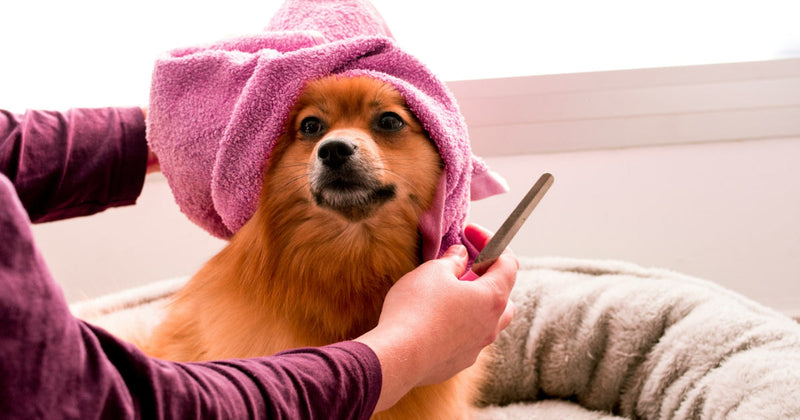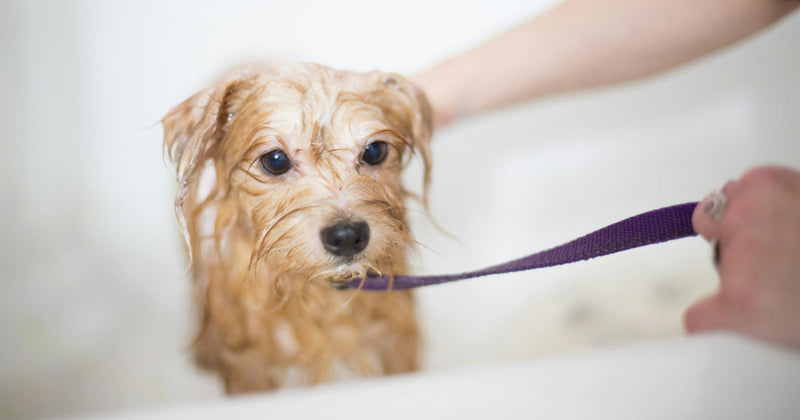
When will the puppy pen be removed?
A puppy crate is a great tool when you bring a new puppy into your home. It allows you to create a safe and comfortable environment where your puppy can play, rest, and learn new skills without constant supervision. But when is it time to move forward and remove the puppy crate? In this article, we’ll walk you through the key signs and steps to help you make the right decision.
1. Interior cleaning is starting to go smoothly
One of the first signs that the puppy crate can be removed is when your puppy begins to learn to be housebroken. Once the dog can communicate its needs and can hold itself together long enough to be taken outside or to an appropriate place, the need for the crate will be greatly reduced. This stage can vary greatly depending on the puppy's individual development and breed.
2. Educational progress
Another important factor is the progress of training. If your puppy knows basic commands like "sit," "stay," and "no," and obeys them consistently, it may mean that the restrictions of the crate can be reduced. A well-trained dog is less prone to destructive behavior and can be more confident in his freedom at home.
3. Less destructive behavior
Puppies are often necessary because they can be destructive. They may chew furniture, shoes, or other objects if they don't have appropriate toys or if they are unsupervised. Once you notice that your puppy is behaving less destructively and is able to play appropriately with their toys, it may be time to consider removing the crate.
4. Solitude goes smoothly
A puppy crate provides a safe place for your puppy to be alone when you are not home. If your puppy can be left alone peacefully without anxiety or destructive behavior, this is a good sign that removing the crate may be possible. This may require a gradual transition, starting with short periods of time alone outside the crate and gradually increasing the time.
5. Puppy's physical and mental development
Your puppy is growing rapidly, both physically and mentally. When your puppy starts to show signs of maturity and independence, such as calm behavior and the ability to tolerate longer periods without constant attention, it is time to consider removing the crate. This stage can be individual and depends a lot on the breed and personality of the dog.
6. Gradually expanded freedom
Removing the enclosure doesn't have to happen all at once. You can start to gradually expand your puppy's free space. Let your puppy explore new rooms under supervision and gradually increase the amount of free time. This will help your puppy adjust to the larger space and learn the rules of the home on a larger scale.
7. Joint decision with family
Removing the litter box is a decision that should be made together as a family. Discuss it with all family members and evaluate the puppy's behavior together. It is important that all family members are involved in the training and support consistent rules for the puppy.
Summary
Removing the puppy crate is a major step in raising a dog. It requires careful consideration and preparation, but once your puppy's behavior and training have progressed sufficiently, you can be confident that your puppy will do well without the crate. Remember that each puppy is an individual and develops at their own pace.




